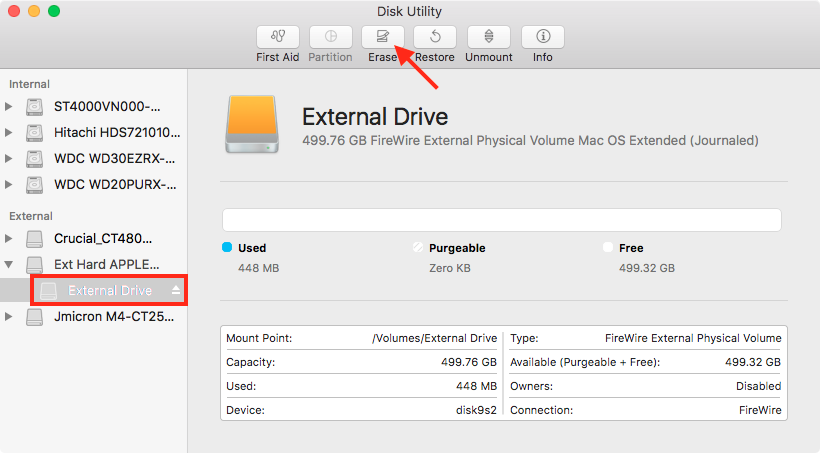Disk Utility User Guide
- Encrypted Volumes For Mac Os
- Encrypted Volumes For Macbook
- Encrypted Partition Mac
- Encrypted Volumes For Mac Osx


Why Need to Encrypt Mac Files? All vital files stored inside a computer including Mac need to be.
Apple File System (APFS) allocates disk space on demand. When a single APFS container (partition) has multiple volumes, the container’s free space is shared and can be allocated to any of the individual volumes as needed. Each volume uses only part of the overall container, so the available space is the total size of the container, minus the size of all volumes in the container.
Encrypted Volumes For Mac Os
- The last step is to select the format of your encrypted disk. The choices are FAT or Mac OS X Extended. If you only intend to use your encrypted volume on Macintosh computers then Mac OSX Extended is a good choice. But if you intend to ever use it on a Windows based computer, or would like to leave that as an option then choose FAT.
- Manage FileVault Encryption. Sophos Central Device Encryption for Mac manages the FileVault full disk encryption functionality on your Macs. Recover Mac endpoints. Follow these steps to recover Macs. Unlock APFS volumes with Terminal commands. You can use Terminal commands to unlock encrypted volumes.
Add an APFS volume
Each volume you add to an APFS container can have a different file system format, if needed.
In the Disk Utility app on your Mac, select an existing APFS volume in the sidebar, then click the Add Volume button in the toolbar.
Enter a name for the new APFS volume.
Click the Format pop-up menu, then choose an APFS format.
If you want to encrypt the volume, choose APFS (Encrypted) or APFS (Case-sensitive, Encrypted).
If you want to manually manage APFS volume allocation, click Size Options, enter values in the fields, then click OK.
Reserve Size: The optional reserve size ensures that the amount of storage remains available for this volume.
Quota Size: The optional quota size limits how much storage the volume can allocate.
Click Add, then click Done.
Encrypted Volumes For Macbook
Delete an APFS volume
When you delete a volume, all the data on the volume is permanently erased, and the volume is removed from the container.

In the Disk Utility app on your Mac, select the APFS volume you want to delete in the sidebar.
Click the Delete Volume button in the toolbar.
Click Delete, then click Done.
Erase an APFS volume
When you erase a volume, all the data on the volume is permanently erased, and the empty volume remains in the container.
Encrypted Partition Mac
In the Disk Utility app on your Mac, select the APFS volume you want to erase in the sidebar.
Click the Erase button in the toolbar.
(Optional) Enter a new name for the volume.
(Optional) Click the Format pop-up menu, then choose an APFS format.
If you want to encrypt the volume, choose APFS (Encrypted) or APFS (Case-sensitive, Encrypted).
Click Erase, then click Done.
You can’t delete or erase your startup volume. See Erase and reformat a storage device.